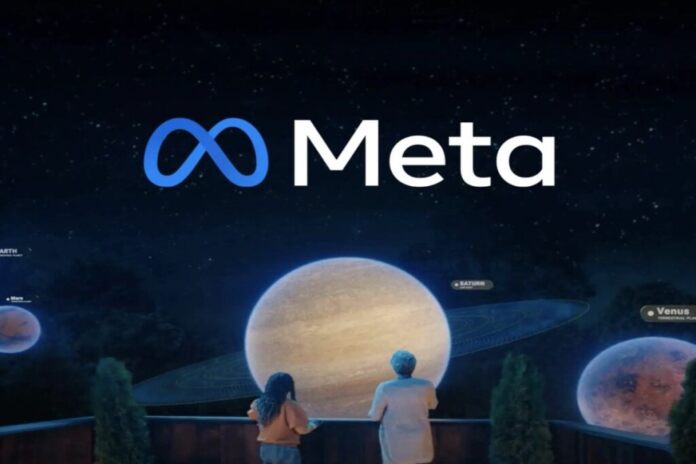Meta describes data2vec and the first high-performance self-supervised speech, vision, and text algorithm in the world. It learns the same across all the speech, text, and vision modalities without using labeled data. The self-supervising aspect of the model is very important. Most machines learn by studying labeled data. However, a self-supervised model will learn from its surroundings and making observations to understand the structure of text, speech, and vision (images).
Details
In a press release to announce data2vec, Meta points out how the algorithm works more efficiently than a traditional model: “Self-supervised learning algorithms for images, speech, text or other modalities function in very different ways, which has limited researchers in applying them more broadly. Because an algorithm designed for understanding images can’t be directly applied to reading text, it’s difficult to push several modalities ahead at the same rate. With data2vec, we’ve developed a unified way for models to predict their own representations of the input data, regardless if it’s speech, text or audio. By focusing on these representations, a single algorithm can work with completely different types of input.” Meta plans to use data2vec to collaborate with the production of machine models that can learn from their surroundings without using existing data. The goal is “more adaptable AI” that will be capable of completing tasks beyond what current AI models can. Tip of the day: Fast startup (a.k.a hiberboot, hybrid boot, hybrid shutdown) is a power setting that adjusts Windows’ behavior when it starts up and shuts down. Though it is unlikely fast startup will seriously harm your computer, there are a few reasons you might want to disable it following our tutorial.


title: “Meta Debuts Data2Vec A Self Supervised Speech Text And Vision Algorithm” ShowToc: true date: “2022-11-18” author: “Margaret Gatto”
Meta describes data2vec and the first high-performance self-supervised speech, vision, and text algorithm in the world. It learns the same across all the speech, text, and vision modalities without using labeled data. The self-supervising aspect of the model is very important. Most machines learn by studying labeled data. However, a self-supervised model will learn from its surroundings and making observations to understand the structure of text, speech, and vision (images).
Details
In a press release to announce data2vec, Meta points out how the algorithm works more efficiently than a traditional model: “Self-supervised learning algorithms for images, speech, text or other modalities function in very different ways, which has limited researchers in applying them more broadly. Because an algorithm designed for understanding images can’t be directly applied to reading text, it’s difficult to push several modalities ahead at the same rate. With data2vec, we’ve developed a unified way for models to predict their own representations of the input data, regardless if it’s speech, text or audio. By focusing on these representations, a single algorithm can work with completely different types of input.” Meta plans to use data2vec to collaborate with the production of machine models that can learn from their surroundings without using existing data. The goal is “more adaptable AI” that will be capable of completing tasks beyond what current AI models can. Tip of the day: Fast startup (a.k.a hiberboot, hybrid boot, hybrid shutdown) is a power setting that adjusts Windows’ behavior when it starts up and shuts down. Though it is unlikely fast startup will seriously harm your computer, there are a few reasons you might want to disable it following our tutorial.

